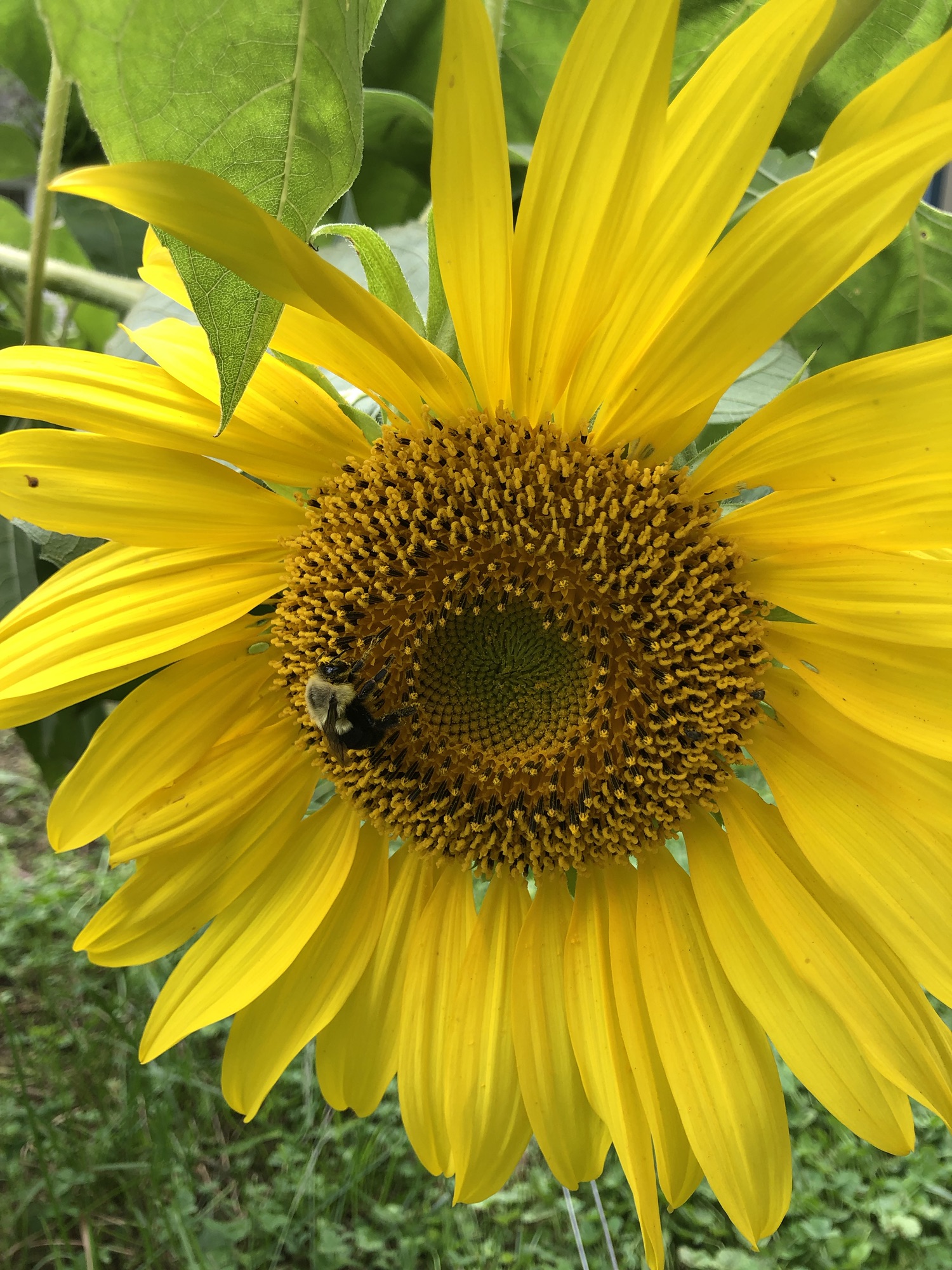There are two general methods for composting – hot or cold. Hot involves heat and is ready within about 4 weeks, whereas cold is more passive and takes anywhere from 6 months to 2 years to be ready.
Because the materials being composted are heated to 140F – 150F (60C – 66C), potentially dangerous microbes are destroyed in the process.
Since I am composting predominantly chicken manure and used bedding, I opt for hot composting to kill any potential pathogens since I will be using the compost on my vegetable garden and I don’t want to potentially contaminate our food.
It’s important to get the correct ratios of ‘greens’ to ‘browns,’ though you can’t simply go by the actual color to determine which category the compostable waste falls in. Greens are things that are high in nitrogen – this could be fresh (green) grass clippings, food waste, chicken manure, or coffee grounds to name a few things. Browns are things that are high in carbon – this could be shredded (non-shiny) cardboard, dried leaves or twigs, chicken bedding such as pine flakes, or straw.
For hot composting, the ideal ratio is 2-3 (Brown): 1 (Green). Essentially you want to add twice as many carbon rich items as nitrogen rich items.
Thoroughly mix the ingredients and add water to moisten it as needed. It should feel damp like a wrung out sponge, but not wet. If you get it too wet, simply add more carbon rich ingredients such as shredded up cardboard.
Make sure that you either pile it up in a heap if you are not using a composting tumbler, as this will allow it to heat up properly. It’s also wise to invest in a specialty compost thermometer to ensure that your pile is not too hot (potentially killing off the good microbes along with the bad), or too cold (potentially NOT killing off the dangerous pathogens). These are inexpensive (around $20) and well worth the investment.
Once everything is combined at the proper ratios, the pile should heat up within 24 – 36 hours. It’ll usually stay at the peak temperature of 140F – 150F for about 3 days before it starts to cool off. If it starts heating above 150F (66C), add some water to cool it off and continue to monitor it, adding water as needed.
Once the pile has started to cool off, it’s time to turn it. Remove the center of the pile and move it to the outer edges of the pile, at the same time take what was originally the outer edges and move it to the center. Repeat the same process of allowing the pile to heat to the desired temperature.
Repeat this process for another 2-3 weeks, and you should have some perfect compost! Allow it to rest for another 2 weeks to cure prior to using.
Some important notes:
- Do not continue adding new materials to the pile once you’ve started the hot composting process.
- If the pile is too wet, add carbon-rich browns to help absorb the moisture.
- If it is too dry, add some water.
- If the pile is not heating up, check your ratios and adjust as needed.

